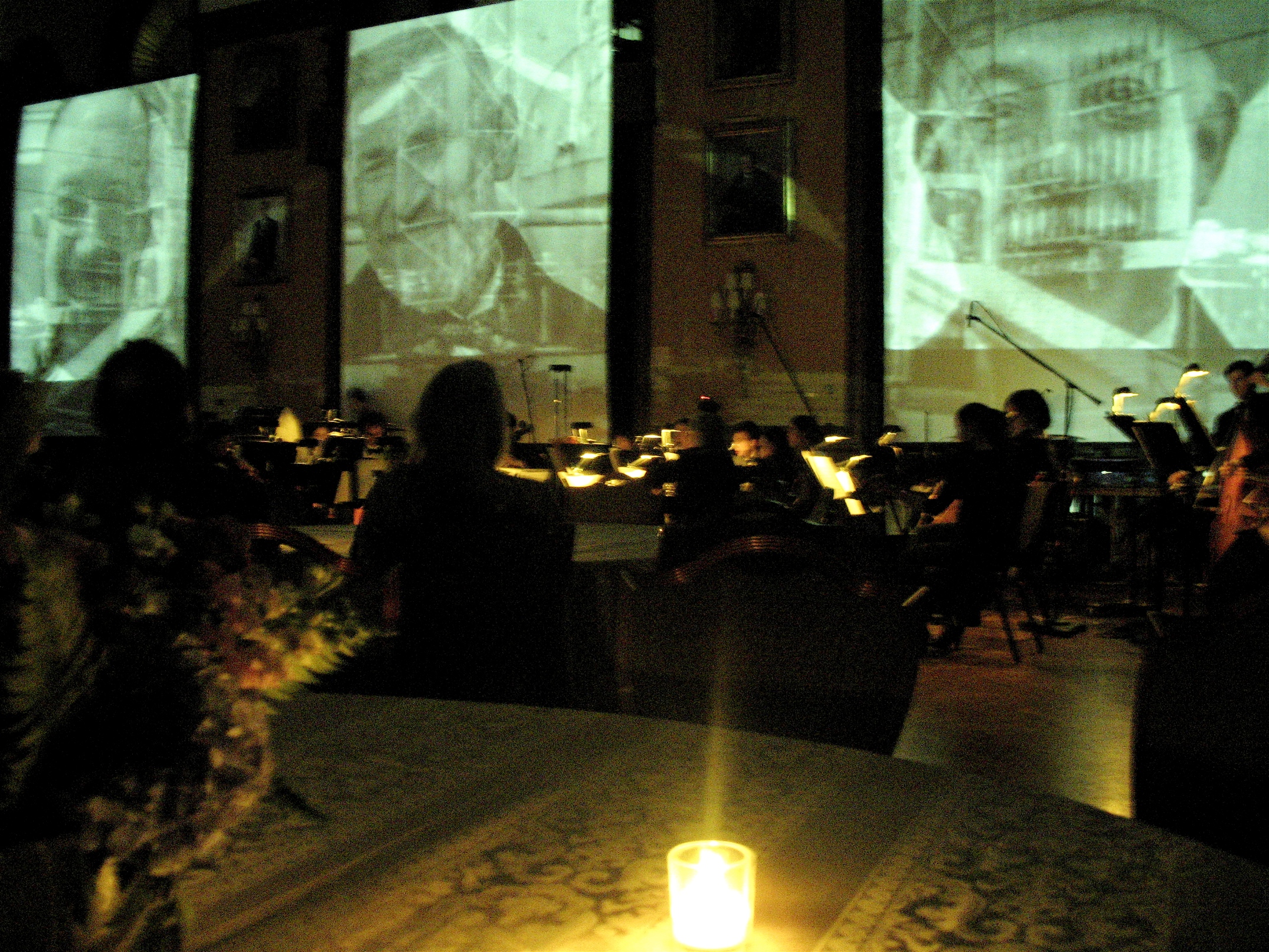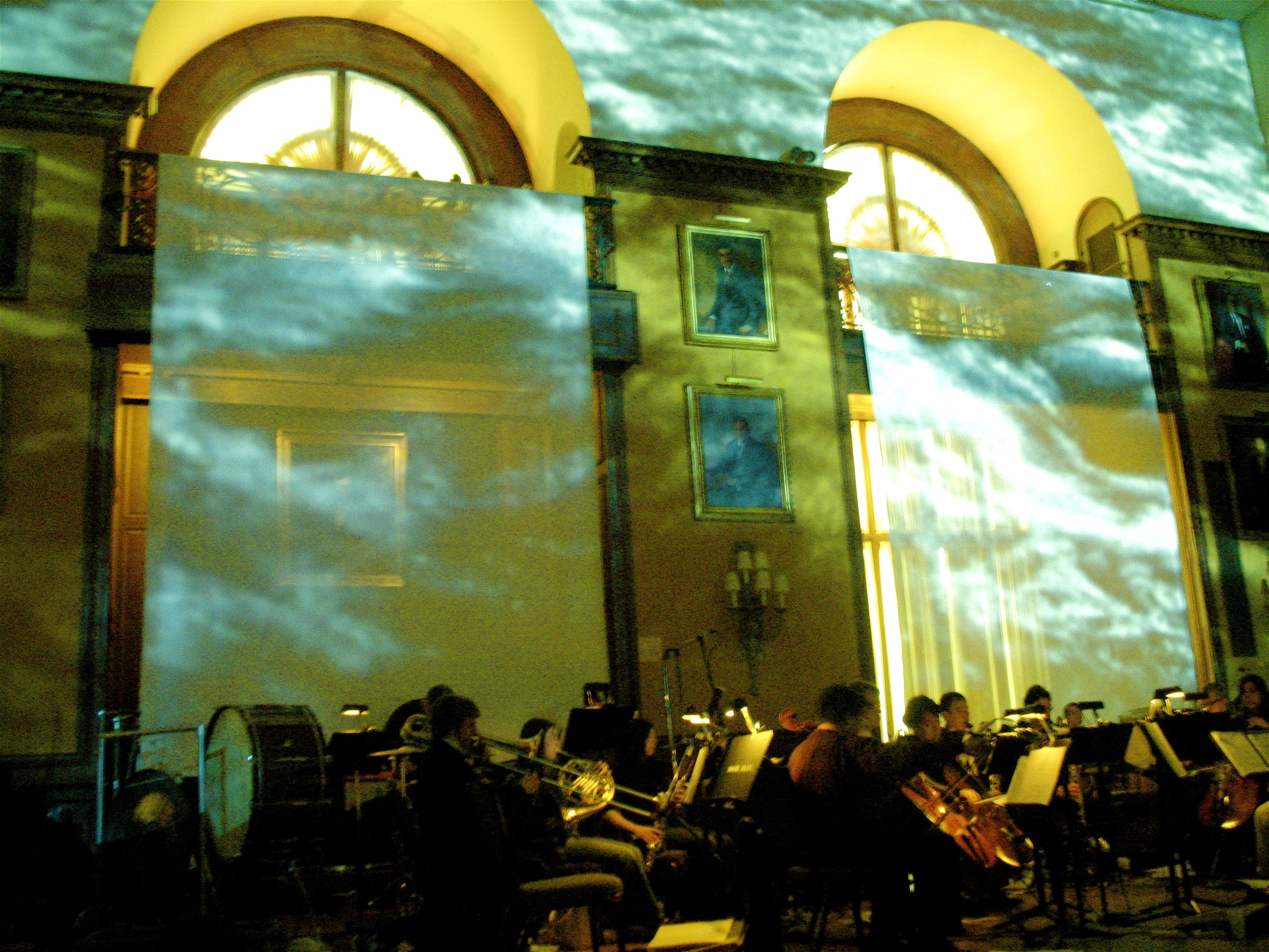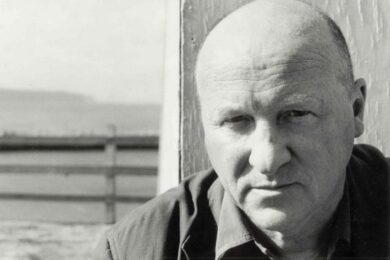In 1961, the French poet and novelist Raymond Queneau published a slender volume which contained, according to its own postface, "a quantity of text far greater than anything man has written since the invention of writing, including popular novels, business letters, diplomatic correspondence, private mail, rough drafts thrown into the wastebasket and graffiti."
Entitled, Cent Mille Milliards De Poèmes, it took its inspiration from children’s picture books in which, by virtue of a number of horizontal incisions across the pages, one could assemble a multitude of different persons and creatures from a limited number of heads, torsos, legs, and so on. What one finds within Queneau’s book, then, is a collection of ten sonnets with exactly the same rhyming scheme and rhyming sounds, such that any line might be substituted for any other, allowing for the generation of a hundred trillion potential poems.
In the same year a short article in the Dossiers Du Collège Du ‘Pataphysique announced the formation of a group named Oulipo for the investigation of potential literature by the imposition of voluntary restraints. Originally formed the previous year as an experimental literary seminar within the college of ‘pataphysics, it was the renaissance scholar, Albert-Marie Schmidt who suggested the replacement of seminaire with ouvroir, from a now defunct French word which once referred to a room for the completion of a specific job of work, or a kind of charitable sewing circle. The name Oulipo was thus formed from the Ouvroir de littérature potentielle.
A little short of a decade later, an art teacher and former jazz musician named Gavin Bryars contributed to an exhibition of his students’ work at Portsmouth Art College a piece of potential music: a single page of typed A4 paper suggesting various ways that one might go about creating a piece of music about the sinking of the Titanic. It referred to an account by the ship’s wireless operator which claimed that the band carried on playing even as the boat sunk beneath the waves. It also speculated about the distorting effects that submersion would have on the sound of this music.
As far as Bryars was concerned that single page of text was the work. It was to exist as just that, a set of hypothetical instructions, a musical score only in potentia.
"It was around that time that you would go to galleries and you would see work by people like Art and Language and Joseph Kossuth, and on the wall would be these endless typed texts," Bryars tells me over the telephone from his Leicestershire studio, "and you’d spend ages in front of these things reading them. So it was something that was in the air within the fine art world at that time." And not just within the fine art world.
In 1952, John Cage, with whom Bryars worked in New York in the mid-sixties, had published his 4’33" which demanded the performer play no notes whatever. Later, a group of artists inspired by Cage’s classes at the New School for Social Research would form the Fluxus movement, out of which would grow such compositions as LaMonte Young’s Composition 1960 no. 10, which consisted of a single sentence: "Draw a straight line and follow it."
Shortly after his entry into the Portsmouth art students’ exhibition, Bryars assembled, largely from amongst the same group of students, an orchestral ensemble dubbed the Portsmouth Sinfonia. The Portsmouth Sinfonia looked rather like an orchestra, and the scores on the music stands in front of its players would be recognised by any Classic FM listener, but as the players were distinguished by their singular lack of familiarity with their chosen instruments and – frequently – their almost complete inability to read music or follow a piece by ear, the results were often uncannily strange and, in the words of the group’s euphonium player, Michael Nyman, "uncontrollably hilarious".

When I asked Gavin Bryars if there was an element of Oulipo thinking behind the Sinfonia, he replied, "There probably was, as there is within The Titanic too. Though that was a couple of years before I became involved with the College of ‘Pataphysics. But then, on the other hand, as ‘pataphysicians will tell you, everyone is a ‘pataphysician – they’re simply not aware of their ‘pataphysical nature."
First defined in Alfred Jarry’s novel from 1911, The Exploits and Opinions of Dr. Faustroll, Pataphysician, ‘pataphysics (Jarry would later insist on the inclusion of the initial apostrophe for reasons that remain fairly obscure) is "the science of imaginary solutions". It set out to discover, "the laws governing exceptions" and to describe "a universe which can be – and perhaps should be – envisaged in the place of the traditional one". Its collège was formed in Paris, forty years after Jarry’s death, by a group of his followers.
Gavin Bryars first became interested in ‘pataphysics when conducting a three year investigation into the work of one of the college’s transcendent satraps, Marcel Duchamp, between 1973 and ’75, during which time he composed no music. Bryars wrote a number of letters to the college and travelled to France where he met the eminent mathematician, Francois le Lionnais. A one time chess partner to Duchamp, le Lionnais had helped Raymond Queneau work out the maths of his Cent Mille Milliards poems and written the book’s postface.
Some time later, Bryars met the eminent British ‘pataphysician, Stanley Chapman, who had produced a translation of Queneau’s hundred trillion sonnets which the French author received with "admiring stupefaction".
Chapman said to Bryars, "We were very excited to welcome you to the merry band."
Bryars, somewhat taken aback, replied, "I had no idea, Stanley."
"Oh, yes," Chapman insisted, "you’ve been a member for years."
It was in fact almost immediately before this three year break from music spent investigating Duchamp and the ‘pataphysicians that Bryars was asked, in December of 1972, to produce a performing version of the A4 sketch he had written at the end of the sixties. Bryars had performed several times at Victor Schonfield’s Music Now concerts, usually with the pianist John Tilbury (later of AMM). In 1972, Schonfield decided he wanted to put on a whole evening dedicated to Bryars’s music, and that The Sinking of the Titanic should be a part of it. "So I was then hoisted by my own petard and had to go and do some work, as it were." A performance score was produced for the event which has formed a basis for future productions.
A basis only, though. For The Sinking of the Titanic was always intended to evolve with future research. The first performance of Bryars’s work prompted a lengthy correspondence in the pages of the Musical Times about exactly which hymn was really played by the band as the ship went down. Many – including James Cameron – persist in the belief that the music was a setting of ‘Nearer My God To Thee’, probably the Lowell-Mason tune ‘Bethany’. But Bryars had followed the testimony of the telegraph operator, Harold Bride, in choosing another hymn, ‘Autumn’. Into this foray came the Scottish hymn specialist, Sir Ronald Johnson, who insisted that the New York Times reporter who had interviewed Bride must have misheard him, and that actually they had played ‘Aughton’.
"Sorry, what’s the difference?" I asked over the phone, unable to distinguish ‘Autumn’ from ‘Aughton’ over the reduced bandwidth of a cross-channel phone connection.
Having spelt it out to me, Bryars continued, "And I thought, this is scandalous, reporters never mishear things (rather ironically)." Nonetheless, he decided to include fragments of ‘Aughton’ and other tunes reportedly heard on the ship, "rather like if you were doing a doctoral dissertation, you would have footnotes and so on."
Perhaps the most significant change in the overall sound of the piece in recent years has been the addition to Bryars’s usual performing ensemble of English composer and turntablist, Philip Jeck. Bryars first met Jeck when the Italian ensemble, Alter-Ego, invited them both to take part in a performance of Titanic at the Teatro Malibran in Venice, a seventeenth century opera house built on the grounds of Marco Polo’s former home.
Later, impressed by the "melancholy, rather soulful quality" of Jeck’s work, Bryars invited him to join him again, with the Kronos Quartet and the Hilliard Ensemble, for a festival at the Barbican in celebration of Steve Reich’s seventieth birthday. "So Philip found himself there, playing with these two very kind of slick and eminent ensembles, the Hilliard and Kronos," recalls Bryars, "and there’s Philip with his battered suitcase full of Dansette auto-change players from the 50s, and it was absolutely wonderful." The pair became friends, and Jeck has appeared on Titanic performances ever since, giving the work what Bryars calls "a strange sort of patina" like hearing the music on an old 78rpm record.

In 1975, the piece had been the first release on Brian Eno’s Obscure Records label, and along with Jesus’ Blood Never Failed Me Yet, the record’s b-side, it remains the only work from the period which Bryars still performs. He puts its endurance down, at least in part, to extra-musical factors. "There have been many other shipwrecks, and shipwrecks where more people have died, but the Titanic is the one which has endured as a subject." This fact he puts down to the notion "that it almost signalled the end of the 19th century, when this whole optimism that science had conquered everything and man was now kind of greater than God almost, was just shot down at a stroke by this ship which had been rather foolishly dubbed unsinkable."
At the same time, Bryars’s piece signals the end of a period of music that perhaps began in 1912 – the same year that the Titanic sunk – with Arnold Schoenberg’s atonal melodrama, Pierrot Lunaire. Bryars finds himself broadly concurring with what he claims was Eno’s mission with Obscure generally; to pursue "a kind of contemporary music which was not alienating for a non-specialist audience, in a way that, say, a lot of the musical avant-garde could be at that time. [Eno] felt there was stuff which was actually extremely nice to listen to and had a degree of complexity – at least of thought – but which was approachable."
This idea had perhaps been developing for a little while by the time of that 1969 A4 sketch. First with the collage aesthetics of Cage, who Bryars worked with and shared a passion for Eastern philosophy, and later with the minimalists, Philip Glass and Steve Reich, who he became friends with when they first came to England to perform in 1970. "There was this one occasion when we were round at this little room in Kilburn," Bryars recalls, "and Steve Reich brought along [a tape of] his Four Organs to play, and I played him the first recording of the Portsmouth Sinfonia. He was simply baffled."
"What on earth is going on?" said Reich.
"He didn’t get it." Bryars continues, "But why should he? I don’t think Steve has a profound sense of irony."
It’s his ‘pataphysical sense of irony that separates Bryars from that other great titan of the British experimental music scene of the sixties and seventies: Cornelius Cardew. Though the pair were friends, and he often performed with Cardew’s Scratch Orchestra, he finally quotes Groucho Marx in explaining why he never became a member, "I wouldn’t join a club that would have me as a member."
The difference is perhaps most apparent when one compares the approach of the Scratch to that of the Portsmouth Sinfonia, "Cornelius did put the category of ‘popular classics’ as one of the activities that the Scratch could be involved with, but his idea of the popular classics was things like Pierrot Lunaire, or the Brahms requiem." The art students in Bryars’s ensemble, on the other hand, "knew classical music from what they saw on TV, so the first thing we did was the William Tell Overture because that was [to them] The Lone Ranger. And then we did bits of Thus Spoke Zarathustra, but only the beginning which you heard on 2001: A Space Odyssey. It always had to be a piece which ought to be recognisable – no matter how badly we played it."
The two live photographs are of a performance of The Sinking of the Titanic taken by Laurie Olinder, Courtesy of The Ridge Theatre Peregrine Arts and the Boyer College of Music and Dance, Temple University
The Sinking Of The Titanic will be performed at Birmingham Town Hall on Friday April 13 and at Barbican Hall, London on Sunday April 15



